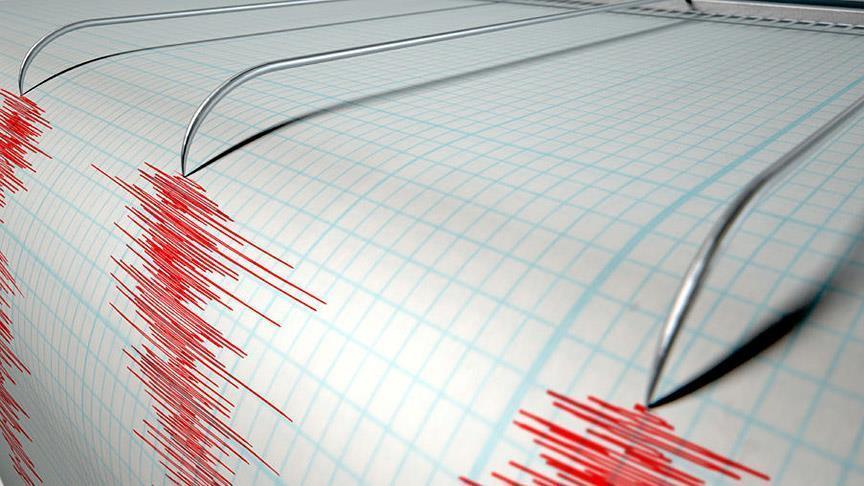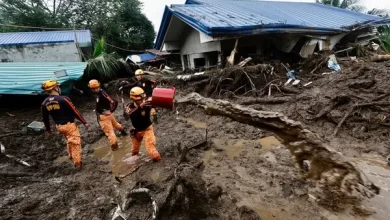With wind speeds of up to 185 kilometers per hour typhoon “Rammasun” has swept across the Philippines. At least twelve people were killed. The cyclone had trees and power poles bend it.
Typhoon “Rammasun” has torn the Philippines at least twelve people dead. The cyclone reached in on Tuesday night, first the east coast and then moved with winds of up to 185 kilometers per hour even over the capital Manila. Million people were affected. In many parts of the country the power went out. Hundreds of thousands had been placed in temporary accommodation in safety.
“Ramasun” uprooted trees, covers roofs, overturned cars. Eight people were killed, according to the Department of Civil Protection of toppling trees, power lines and collapsing walls. Three more were drowned in swollen rivers, and suffered a heart attack. In addition, three fishermen were reported missing.
Public life in the twelve-million-inhabitant city of Manila to a virtual standstill. Schools were closed, authorities and stock market went tight. More than 200 domestic and international flights were canceled. The effects of “Rammasun” got in front of all the poorer people to feel: The storm destroyed many huts in the slums along the Manila Bay, where hundreds of thousands of people live.
Philippines Typhoon Rammasun:”I was scared to death”
“Our house was destroyed, and we have lost many things,” Dayang Bansuan said, in an emergency shelter for residents of coastal slums of Manila. “We left our house just before sunrise, when the water was already up to our ankles.” Neighbors had warned of the stronger winds.
In the town hall of a suburb of Manila Pedro Rojas sought refuge from the storm. “I was scared to death,” he said. “I have kept for gasoline out, if we must flee. That was a mistake,” said the 35-year-old. “My tricycle has overturned twice, after I’ve driven against a wall of rain,” he said. “It was when I would drive into a wall. Huge tin roofs flew in all directions.”
Meteorologists expect that “Rammasun” during the day moves on the South China Sea before it arrives in China on land. The archipelago of the Philippines is hit repeatedly by typhoons, earthquakes, floods and volcanic eruptions because of their geographical location. Often meet storms that form over the warm Pacific Ocean, where it was first on larger land masses. Last November, Typhoon “Haiyan” had further south caused devastating damage and more than 6,000 people lost their lives.
[adrotate group=”13″]



